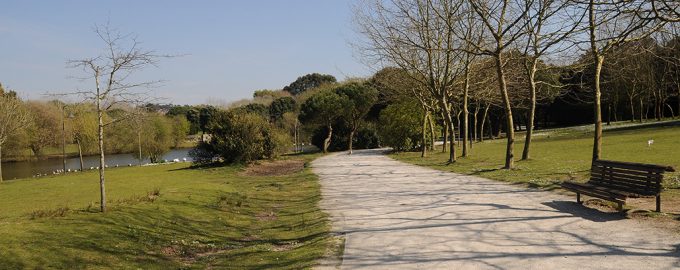A few years ago, walking along Avenida da Boavista accompanied by my two older nephews…
― Kids, who knows what is that up there?!
— It’s the Eagle and the Lion in Rotunda da Boavista (Boavista Roundabout)!
I smiled while thinking of how right – and also how wrong – the answer was.
The Monument to the Heroes of the Peninsular War was designed by architect Marques da Silva and sculptor Alves de Sousa. Its construction, under the responsibility of the Cooperativa dos Pedreiros, began in 1909, but the monument was only to be inaugurated in 1952, after the premature death of Alves de Sousa, so its completion was the responsibility of sculptors Henrique Moreira and José Sousa Caldas.
The monument is intended to honour the heroes of the Peninsular War, fought in the context of the French invasions, which opposed Portugal – helped by their ally England – to the French armies of Napoleon Bonaparte, in the period from 1808 to 1814.
My nephews didn’t know this part, but as their tender age did not recommend “wars”, I ended up explaining to them that there was a bit of a bad Frenchman who wanted only cheese to be eaten in Portugal! So, we asked our English friends for help and sent the French “to hell” with their cheese! At the time, I couldn’t think of any better nonsense explanation, but they retained the correct basic idea. I hope…
Composed of a pedestal 45 metres high and surrounded by sculptural groups that represent artillery scenes, the monument features a woman – Vitória – in front of the people, holding the national flag in her left hand and a sword in her right hand. At the top, a high column topped by a lion (symbol of the flag of England) over an eagle (symbol of Napoleon’s empire), elements that gave it the popular name for which it is known.
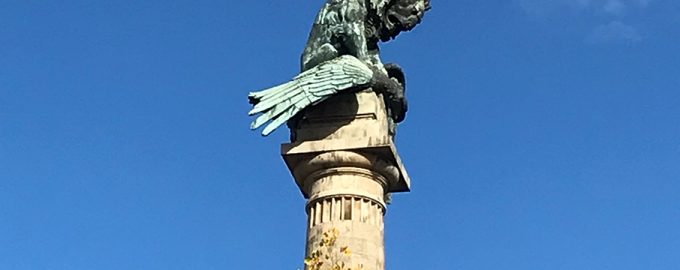
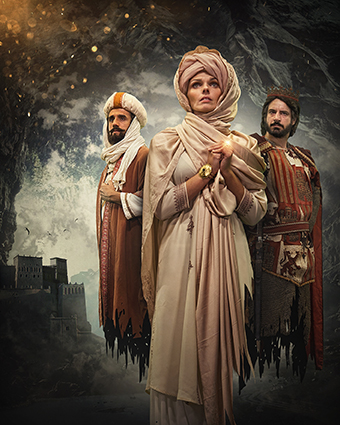
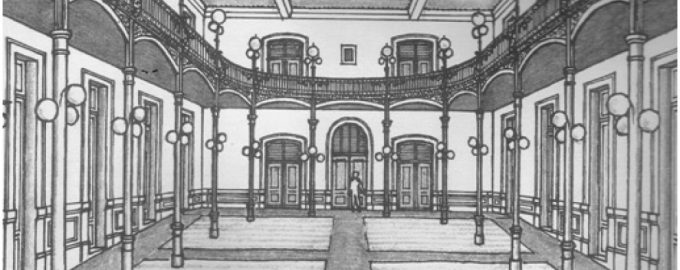
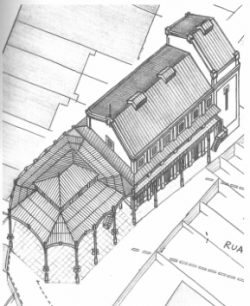 Few remember this movie theater, built at the beginning of the 20th century and demolished in the late 1940s to give way to the current Rua de Ceuta. The Apolo Terrasse came at a time when the cinema was gaining popularity.
Few remember this movie theater, built at the beginning of the 20th century and demolished in the late 1940s to give way to the current Rua de Ceuta. The Apolo Terrasse came at a time when the cinema was gaining popularity.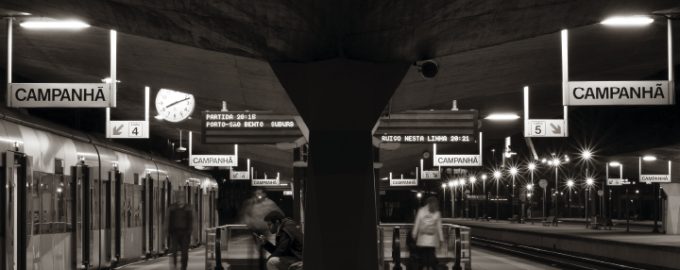
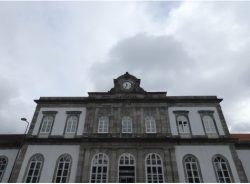 “El silbido de los trenes, su traqueteo sobre el puente más allá del monte fronterizo, le decía las horas, le delataba la dirección del viento y el tiempo previsto para mañana”. Es así como nuestra Agustina se refiere a ese pulsante ruido cuando el tren rasga la ciudad. Es la paz pobre que se vivía en el fin de siglo. Estancadas las heridas de la nación, degradada por sucesivas guerras civiles, la modernización era el designio y el ferrocarril uno de sus principales símbolos.
“El silbido de los trenes, su traqueteo sobre el puente más allá del monte fronterizo, le decía las horas, le delataba la dirección del viento y el tiempo previsto para mañana”. Es así como nuestra Agustina se refiere a ese pulsante ruido cuando el tren rasga la ciudad. Es la paz pobre que se vivía en el fin de siglo. Estancadas las heridas de la nación, degradada por sucesivas guerras civiles, la modernización era el designio y el ferrocarril uno de sus principales símbolos.
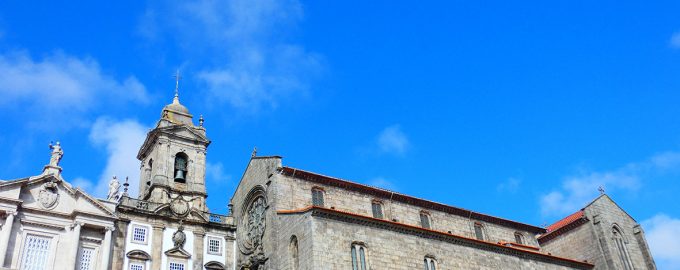
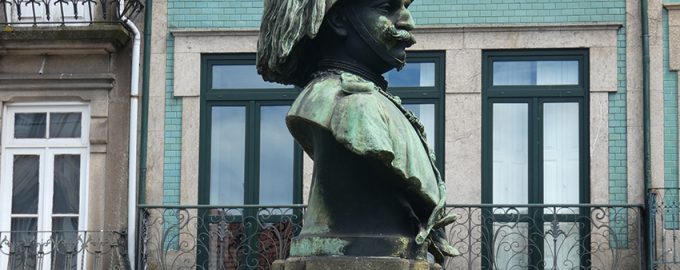
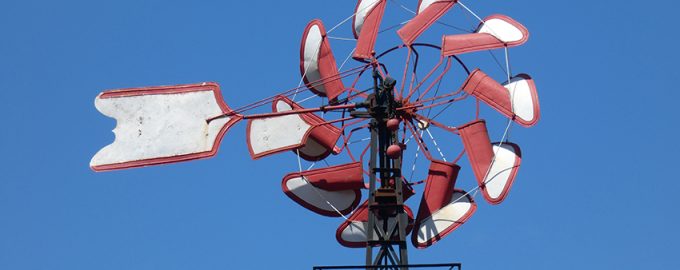
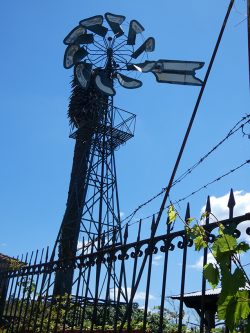 The origin of the pinwheels is not clearly indicated in history, but some historians believe that the first one was born in Persia during the year 915 BC. Others believe that in Iraq, Egypt or China there are indications of the use of even more remote windmills. However, it was not until the twelfth century that windmills were introduced to Europe.
The origin of the pinwheels is not clearly indicated in history, but some historians believe that the first one was born in Persia during the year 915 BC. Others believe that in Iraq, Egypt or China there are indications of the use of even more remote windmills. However, it was not until the twelfth century that windmills were introduced to Europe.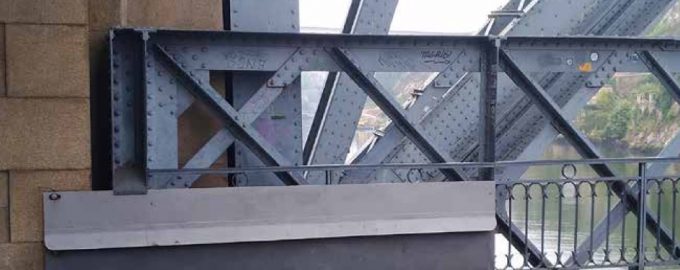
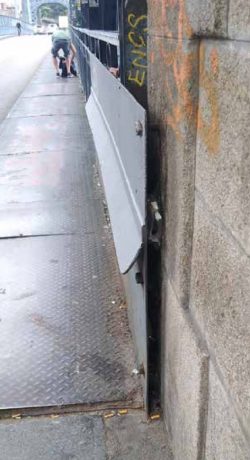 The Luís I bridge, one of the most emblematic structures of the city of Porto, was built in the 19th century and is now considered a World Heritage Site. However, in the mid-twentieth century, the bridge began to show disturbing signs of corrosion due, in particular, to the passage of the tram in the upper board of the bridge.
The Luís I bridge, one of the most emblematic structures of the city of Porto, was built in the 19th century and is now considered a World Heritage Site. However, in the mid-twentieth century, the bridge began to show disturbing signs of corrosion due, in particular, to the passage of the tram in the upper board of the bridge.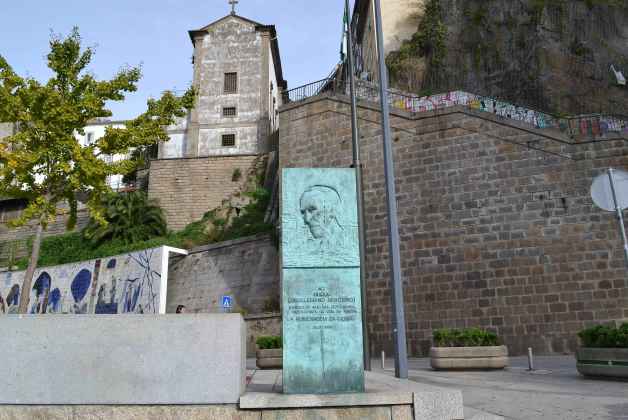
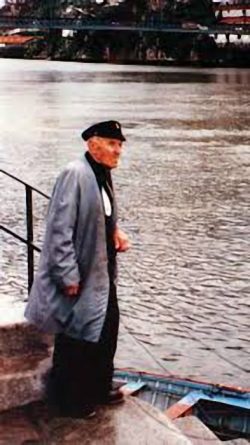 If you stroll through the Ribeira area, which you will have to do if you come to Porto, it is very likely that you will cross the statue in honor of Deocleciano Monteiro (exact location is at Rua Cimo
If you stroll through the Ribeira area, which you will have to do if you come to Porto, it is very likely that you will cross the statue in honor of Deocleciano Monteiro (exact location is at Rua Cimo